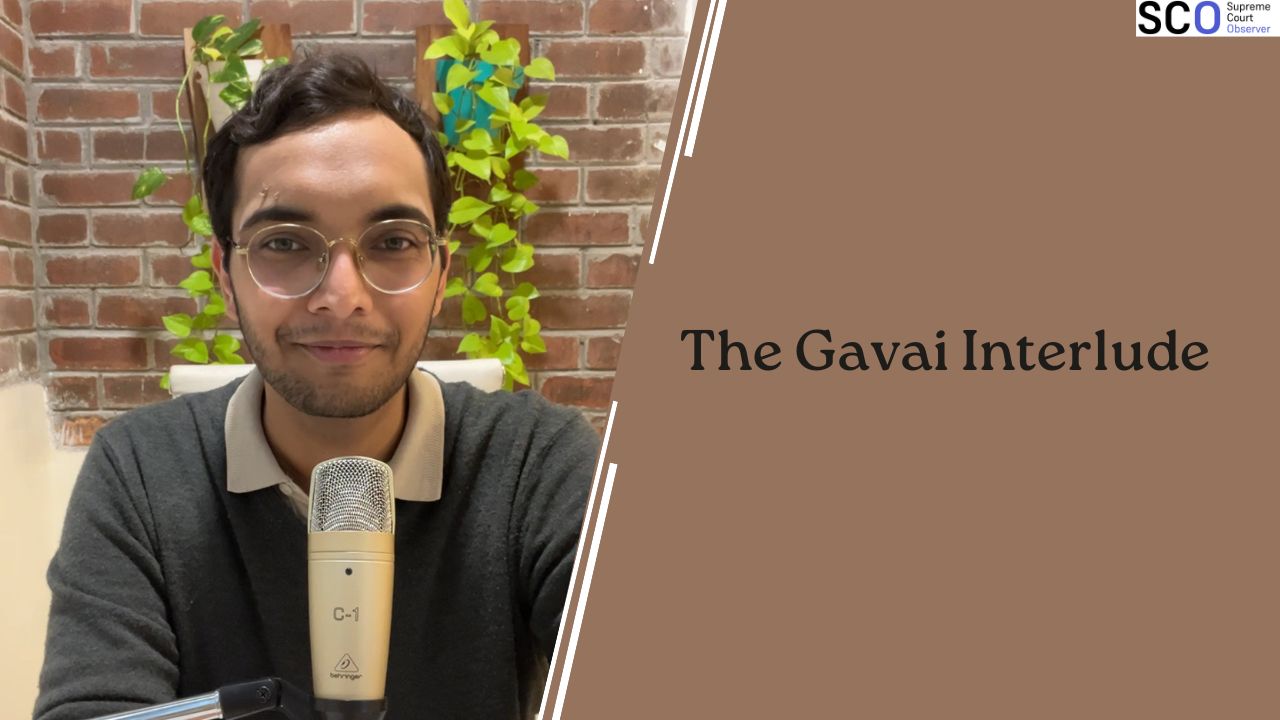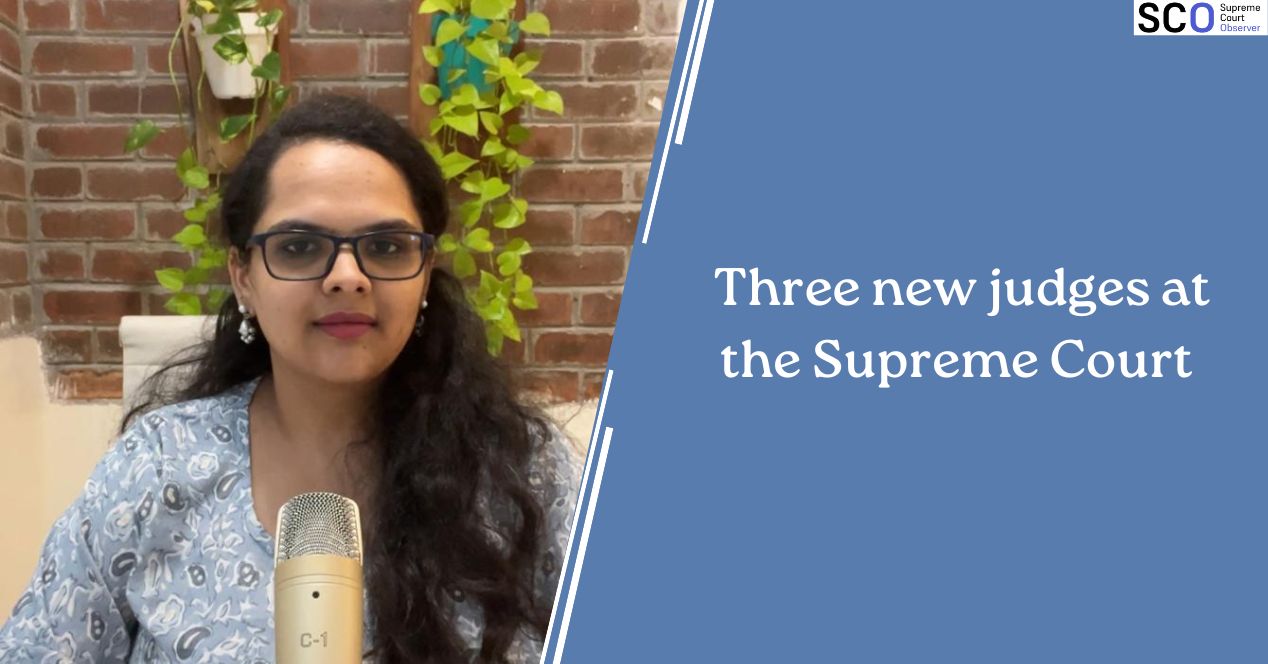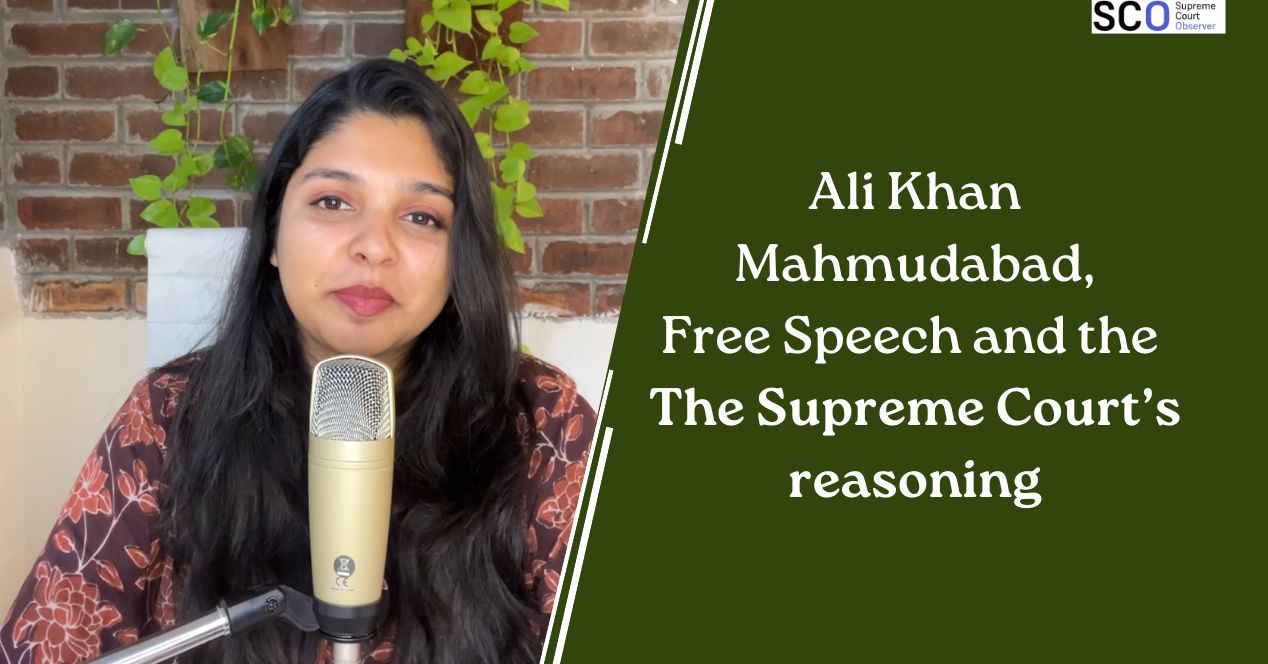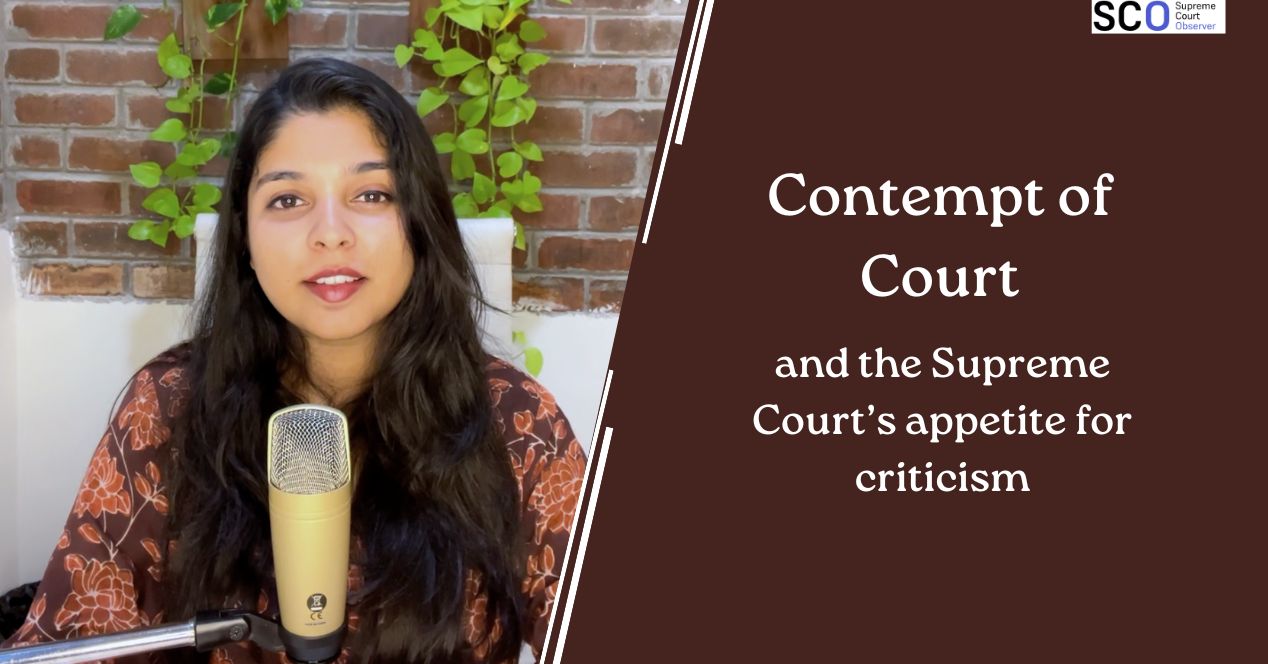Channel
The Supreme Court’s rebranding of its annual “Vacation” period
The change comes criticism where commentators say that the Court's wasting its precious time on "vacations". How much of that is true?
Script:
“What’s in a name?”
The Shakespearean line from Romeo and Juliet comes to mind in light of the recent move by the Supreme Court to rename its vacation benches as partial Court working day benches.
Every summer the Supreme Court substantially reduces the number of functioning benches to allow judges a rotational break during a seven week vacation.
Every summer Commentators come down on what they consider to be an unconscionably long break, unavailable to others in essential professions like military and medicine. V Venkatesan, in our latest newsletter, writes that a closer look suggests that the Court may have officially done away with the word “vacation”. With its associated evocation of idleness and languor it may not be enough to bat away the “feeling among the people of India,” a phrase used by former Law Minister Kiran Rijiju, that the court can be more productive.
On 21 May, the Court announced that 21,651 miscellaneous matters and and 17,088 regular hearing matters had been notified for potential listing during the partial working days. Yet when the actual list was released, only 1630 miscellaneous matters and 733 regular hearing matters were scheduled. Some lawyers continued to opt out of hearings during this period, prompting Chief Justice Gavai to remark that judges had to take the slack for lawyers being unwilling to work during the vacation.
This year in an unusual gesture, the CJI and four senior most judges continued working through the first week of the vacation. They were joined by five other judges across five division benches. Over the remaining six weeks, 16 more benches, each with two judges, will function in rotation. Two of those weeks will have two benches, four will have three benches each. There will be one more bench compared to last year’s vacation.
Rijiju’s unsubstantiated “feeling among the people” remark echoed older, flawed assumptions by the Malimath Committee and the Law Commission, which had linked long vacations to case pendency. In 2013, then law minister Ashwini Kumar had admitted that no study had ever been conducted to determine whether longer court hours would reduce pendency.
The 133rd report of the Parliamentary Standing Committee on Law and justice, published in August 2023, suggested staggered vacations as in many other public institutions. However, this suggestion overlooks the way the court functions. Cases are heard by designated combination of judges and staggered leave could disrupt hearings. Some members of the committee had defended the current system, emphasizing the legal profession’s unique nature, which requires high intellectual engagement and periodic rejuvenation. The report stressed that vacations are not the main cause of judicial delays.
Yet, superficial critiques keep cropping up. A 2024 article, in LiveMint likened courts to police stations and hospitals questioning their right to take extended breaks. Such analogies reveal a shallow grasp of the judicial function, which requires realms of reading, sustained intellectual effort and careful reasoning. They also reflect the grounding of the discourse in polemic what we really need are, more empirical studies on just how much vacations affect court output. The results may be surprising. A study using a dataset from the Bombay High Court reached the conclusion that court vacations will not make a significant difference to the disposal rates or the disposal duration of cases.
This is not to say that the Court doesn’t need to introspect. For instance, it could have considered the Supreme Court Bar association suggestion made in 2021 almost four years ago to expand the category of matters for listing before the partial court working day benches. But this year, it had simply republished a circular from January 2019.
It’s easy and often accurate when writing about Indian public institutions, and to lapse into the conclusion that the more things change, the more they remain the same. But if the genuine intent of the discourse is to push the Court towards reform beyond name changes, then even the terms of the debate ought to become more data driven to be productive.




